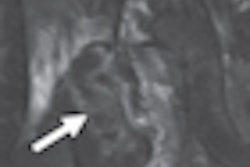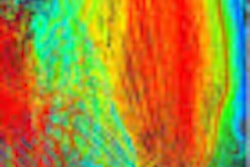Dear AuntMinnie Member,
A California company called Imaging Advantage created a public relations firestorm last year when it launched its model of providing imaging services on a nationwide basis -- competing with local radiology groups. Now, a second firm called Radisphere is treading the national radiology group path.
Radisphere was launched last week as the newest incarnation of teleradiology services provider Franklin & Seidelmann (F&S). But unlike F&S, Radisphere is offering to contract directly with hospitals, bypassing the local radiology groups with whom teleradiology firms traditionally contracted.
Opposition to the new company is already rising from defenders of radiology's traditional model of community-based local practices. But does the new firm offer an opportunity for radiology to reinvent itself in the face of a rapidly changing healthcare industry? Decide for yourself by reading associate editor Kate Madden Yee's profile of Radisphere in our Imaging Center Digital Community.
Also in the community, click here for the latest on an effort in the U.S. Congress to once again delay a 21% reimbursement cut mandated by Medicare's sustainable growth rate formula. Lawmakers are working against a deadline, as the Centers for Medicare and Medicaid Services' 10-day hold on new claims expires today.
MRI predicts dementia onset
In other news, we're highlighting coverage of this week's American Academy of Neurology (AAN) meeting in our MRI Digital Community.
In one study presented at the AAN show, French researchers used MRI to quantify volumes of white-matter hyperintensity (WMH) in the brain. They found that elderly individuals with the highest WMH volumes had three times the risk of developing dementia.
Measuring white-matter hyperintensity also proved to be a better indicator of future dementia than another proposed marker, silent infarcts. Learn more about the research by clicking here, or visit the community at mri.auntminnie.com.


.fFmgij6Hin.png?auto=compress%2Cformat&fit=crop&h=100&q=70&w=100)





.fFmgij6Hin.png?auto=compress%2Cformat&fit=crop&h=167&q=70&w=250)











